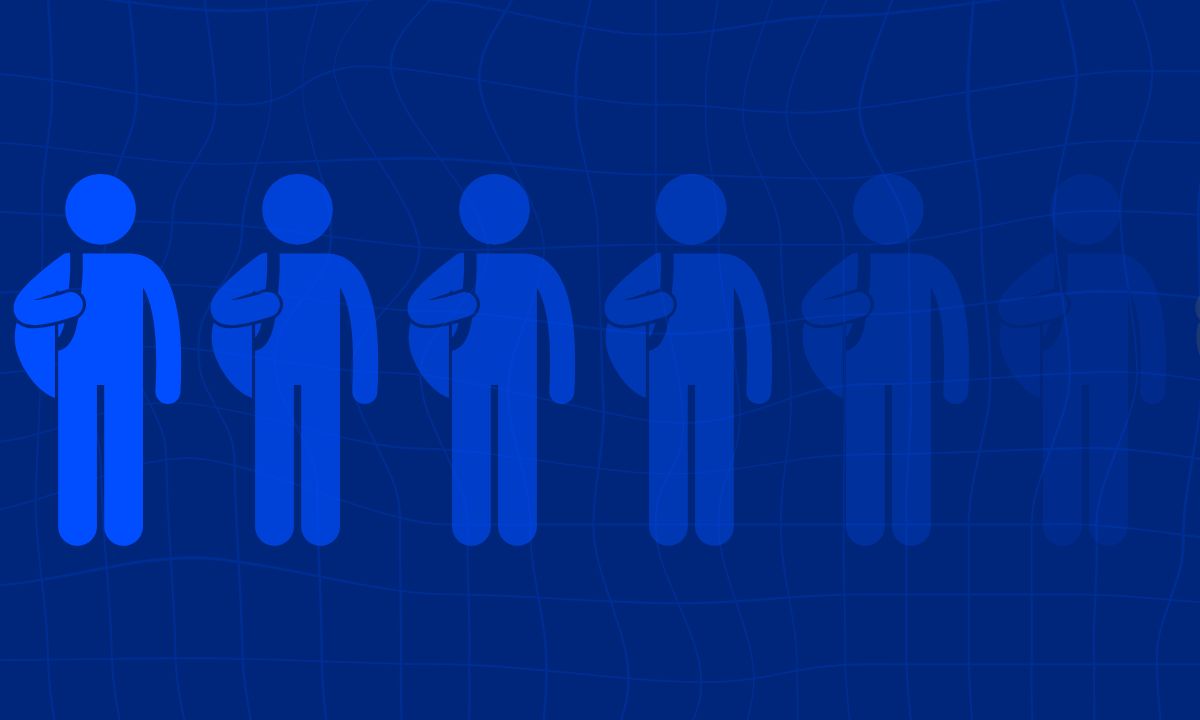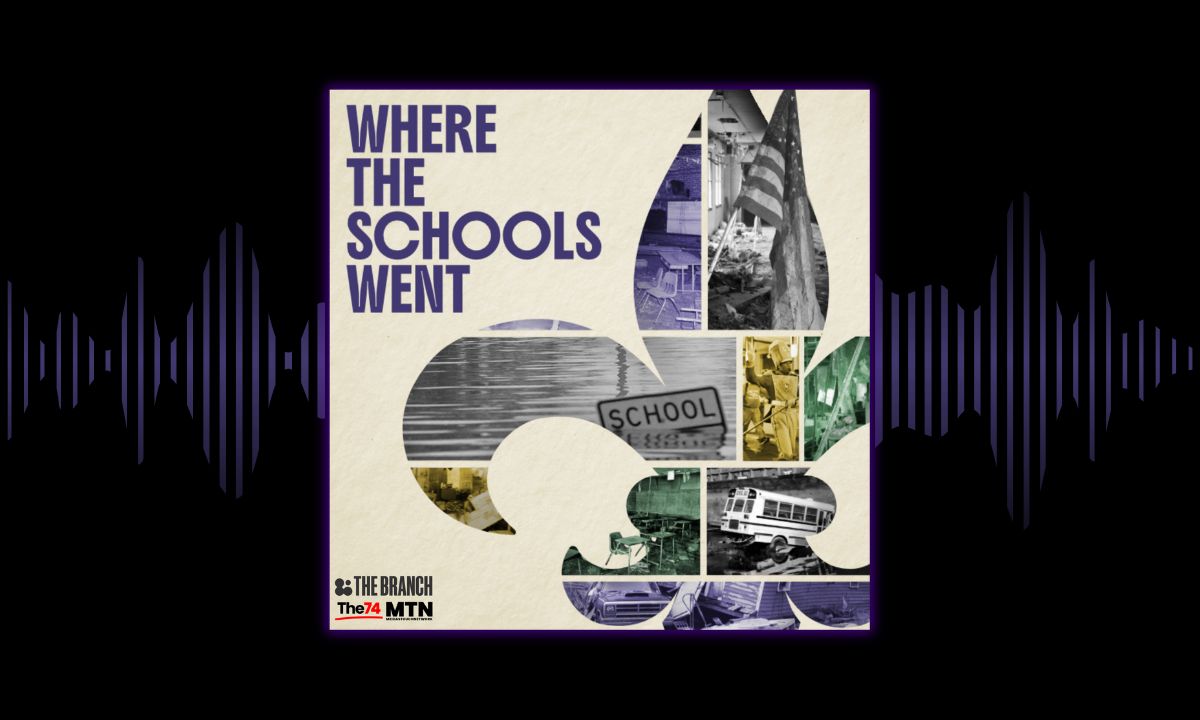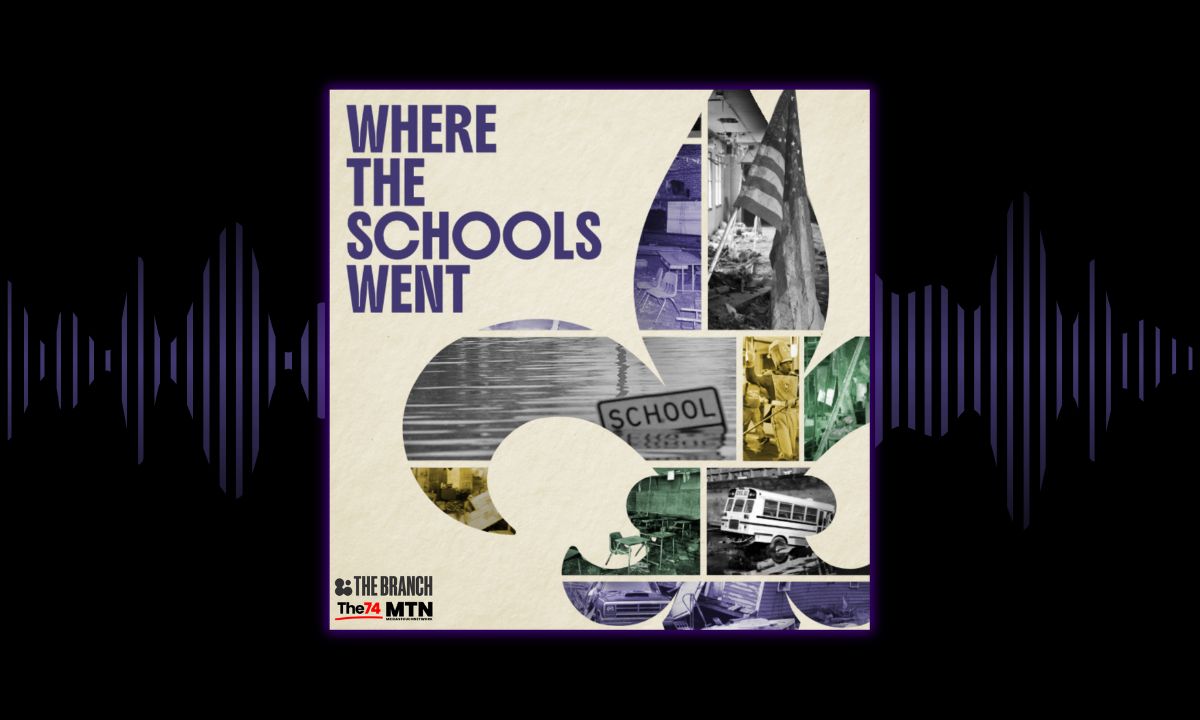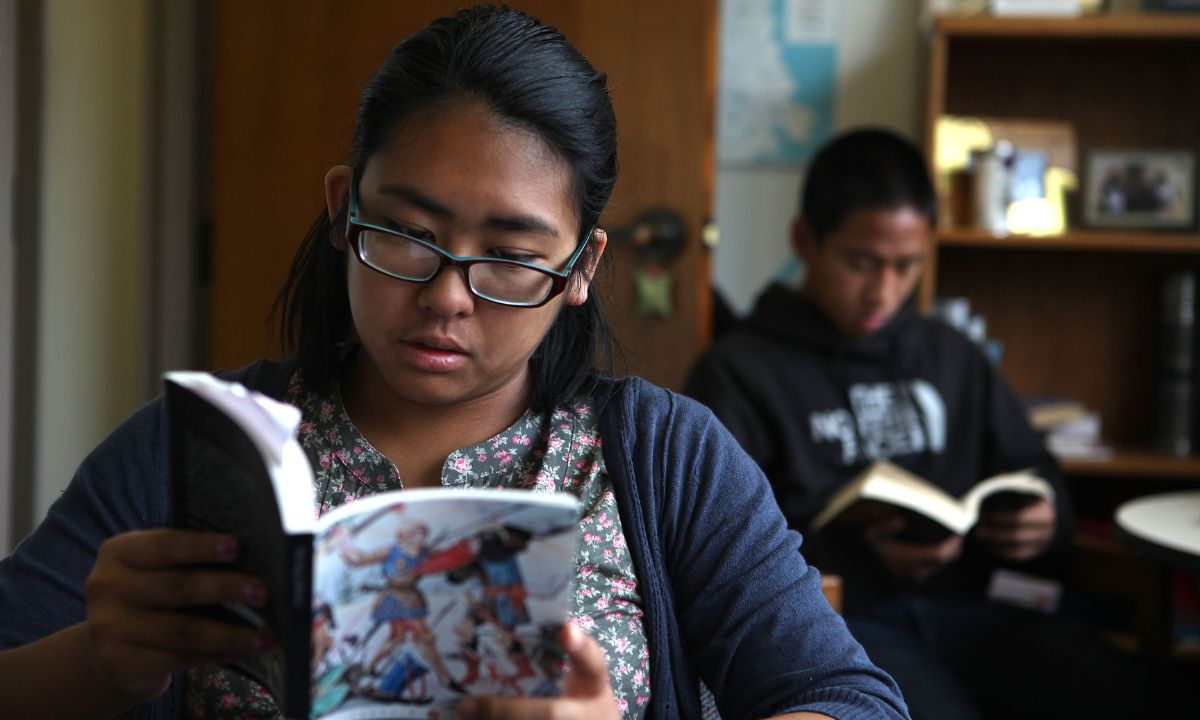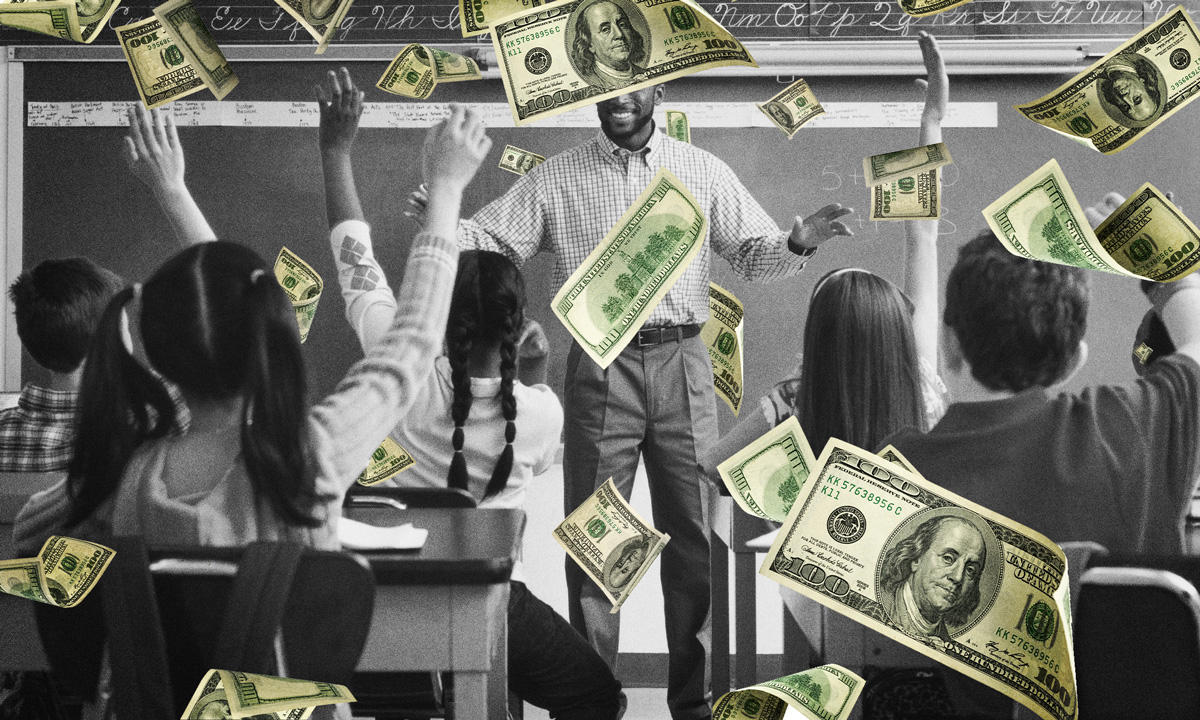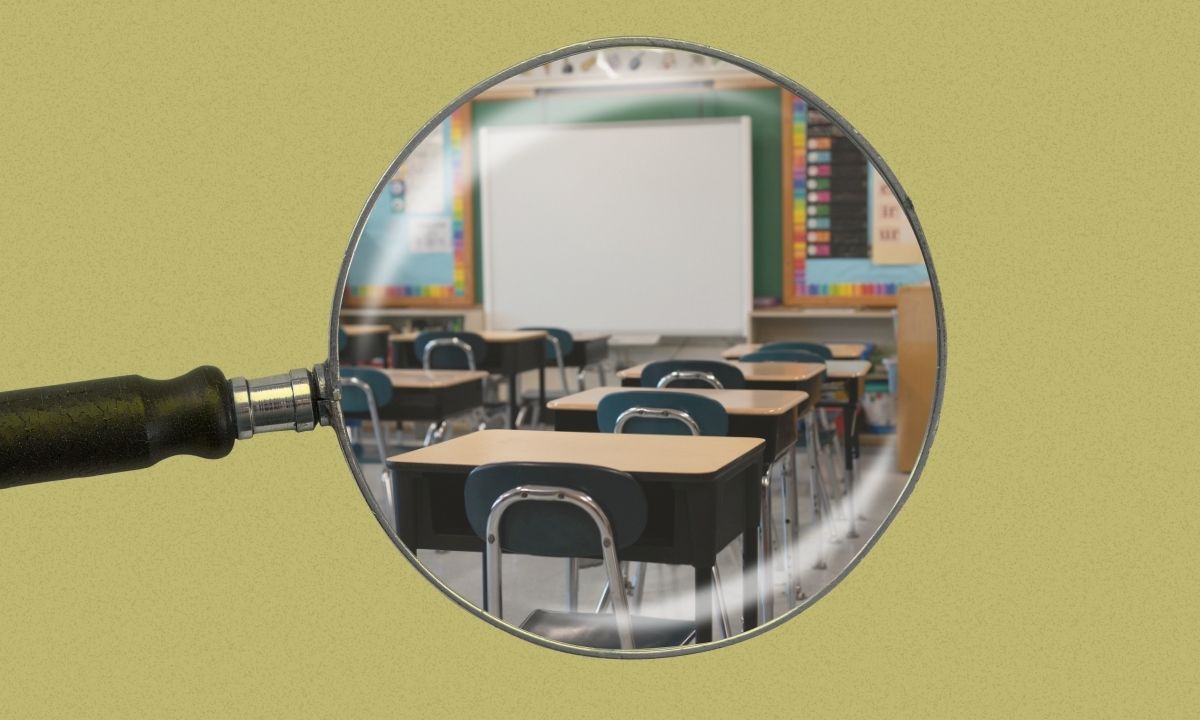blog
Public school enrollment dropped by more than 1.2 million students, or 2.5 percent, from 50.8 million to 49.5 million between the autumn of 2019 and the fall of 2023. Although the pandemic hastened that loss, the National Center for Education Statistics (NCES) predicts that overall enrollment would drop below 47 million by 2031. Prior to COVID, enrollment was already declining in several grades and localities.
However, enrollment trends differ significantly by race, grade level, geography, and school, according to a FutureEd analysis based on data from NCES, the Centers for Disease Control and Prevention, and other sources. This variance provides crucial information on how the educational landscape is changing, where the most pressing issues are, and what it means for the public school system going forward.
Some families chose to educate their children at home when COVID struck and public schools shifted to virtual learning; others chose private schools, many of which started in-person instruction earlier than public schools.
An estimated 3.4% of American children were homeschooled by the fall of 2022, up from 2.8% in the fall of 2019, despite the fact that many families subsequently went back. Advocates claim that the percentage is still rising. Enrollment in private schools increased as well, rising to almost 7 million students in 2021—an anticipated 22% rise over pre-pandemic levels. That change is probably going to happen more quickly thanks to recently increased school choice policies: Sixteen states do or plan to provide public funding for any student’s tuition at a private school. These initiatives are expected to change some family preferences and increase the number of private school options available, even though they haven’t yet caused a mass exodus from public schools.
Family decisions, however, are not the only or even the main cause of the deterioration. The birthrate in the United States is currently just under 1.6, the lowest in history, after declining steadily for more than ten years. The number of children under five in the country decreased from 20.2 million to 18.4 million between 2010 and 2020, a decrease of 1.8 million. Classrooms are now experiencing that narrowing pipeline.
Immigration has traditionally helped counteract falling birth rates, but it might not be sufficient to maintain enrollment. Student enrollment may decline further as a result of recent immigration crackdowns.
Enrollment trends are also being altered by domestic migration. Families are leaving cities and expensive states like California due to high housing costs and taxes. As a result, while some regions are rising, others are seeing considerably sharper enrollment reductions.
The youngest pupils experience the biggest drops. Kindergarten enrollment decreased by 215,000 pupils, or around 6%, between the autumn of 2019 and 2023. While middle school enrollment (grades 6–8) fell by around 700,000 (6%), elementary schools as a whole lost roughly 865,000 pupils (4%). The sixth grade saw the biggest decline, at 7%. The number of students enrolled in high school rose by about 345,000, or 2%.
Additionally, the trends differ by race and ethnicity. The majority of the decline is attributed to white students, who lost around 2 million students between the fall of 2019 and 2023, an 8% decrease. The number of Black students enrolled decreased by almost 250,000, or 3%. These declines began before the epidemic but picked up speed after it. White student enrollment is down 13% from 2014 as of autumn 2023.
In the meantime, although more slowly, the long-term drivers of public school growth—Hispanic and Asian enrollment—kept growing. About 72,000 Asian pupils (a 3% increase) and 540,000 Hispanic students (a 4% increase) were added to public schools between the autumn of 2019 and 2023. Both groups were expanding at rates closer to 8% to 9% in the five years prior to the pandemic. Losses among Black and white students can no longer be compensated for by these increases.
Between autumn 2019 and 2023, enrollment fell in 41 states, with Louisiana experiencing a 0.3% reduction and Hawaii experiencing a 6.5% decline. At least 5% of pupils were lost in 13 states. The biggest drop was in California, where 325,000 pupils (5%) dropped. There were fewer public school pupils in 29 states overall in the fall of 2023 compared to 2014, and 23 states are expected to lose at least 5% more students by 2030. California is predicted to lose the most students, with 500,000 (8%), while West Virginia is predicted to have the largest proportionate decrease, at 18% (45,000 students).
Meanwhile, between fall 2019 and 2023, enrollment increased in 10 states with lower overall tax burdens, primarily in the Midwest and South.
Urban districts, which had been expanding prior to the pandemic, experienced the most severe post-pandemic reductions among states, losing almost 675,000 pupils, or 4% of the total. In contrast, the declines in student enrollment in town-based, suburban, and rural districts were less severe, ranging from 1% to 2%.
Urban districts in California, for instance, lost 180,000 students between the fall of 2019 and 2023, contributing significantly to the state’s overall decrease.Santa Ana Unified School District saw a 17% drop in enrollment (about 7,500), while Los Angeles Unified School District lost the most pupils, 63,000 (13%).
The impact differs even among districts. While schools with fewer low-income kids had a 10% fall in enrollment, high-poverty schools in Los Angeles Unified saw an average 15% decline. Additionally, according to the most recent data available, the number of students enrolled in public charter schools nationally increased from 2.7 million in the fall of 2014 to 3.4 million in the fall of 2019 and 3.7 million in the fall of 2022.
So what are the repercussions?
Funding for public schools is directly correlated with enrollment in the majority of states. Schools lose per-pupil state funds, which often make up around 45% of their budgets, when students drop out or never enroll. The strain was momentarily concealed by federal COVID relief monies, but many schools are now facing the effects of that funding’s expiration.
Students frequently suffer as a result of tighter budgets. Underfunded schools may eliminate counselors, librarians, and mental health specialists, as well as artistic programs, electives, and extracurricular activities. Schools need fewer teachers as a result of fewer students, which leads to layoffs that affect both local economy and schools. Additionally, course offerings will unavoidably decrease as enrollment declines significantly. If buildings are only half occupied, schools cannot support several foreign language classes, Advanced Placement classes, or sports teams.
Underenrolled schools may eventually close, upsetting kids, displacing employees, and undermining community life. West Virginia, for instance, closed 53 of its 600+ schools between 2019 and 2024 as a result of dwindling enrollment, which is down 12% from 2014. Closing a small town’s lone school could mean that the next closest choice is an hour’s bus trip away, which can be especially disruptive in rural communities. Students must always be reallocated, which presents additional difficulties and expenses for the nearby schools. Additionally, the impact on the larger community is exacerbated when schools close because not only do students suffer, but also teachers, janitors, cafeteria workers, and other staff members frequently lose their employment.
The enrollment drops of today don’t appear to be a passing fad, and districts will need to adapt to this new reality. Closing schools isn’t always necessary, but it’s unsustainable to ignore the inefficiencies of underenrolled buildings. Georgetown University s EdunomicsLabhas identifiedways of keeping small schools open, such as sharing staff across buildings or leasing out unused space.
There is no one-size-fits-all solution. But as enrollment patterns continue to change, school districts will need to respond by balancing fiscal responsibility with community needs, all while ensuring that fewer students doesn t mean fewer opportunities.
